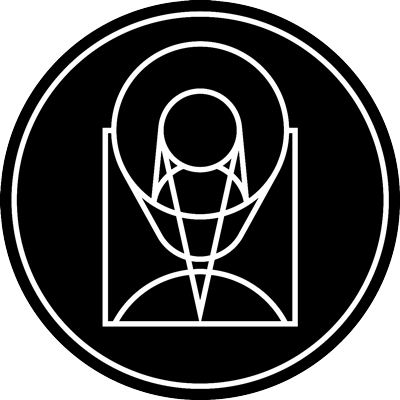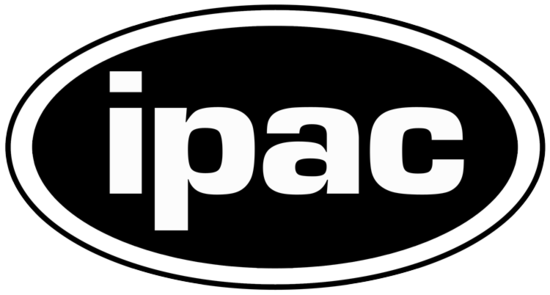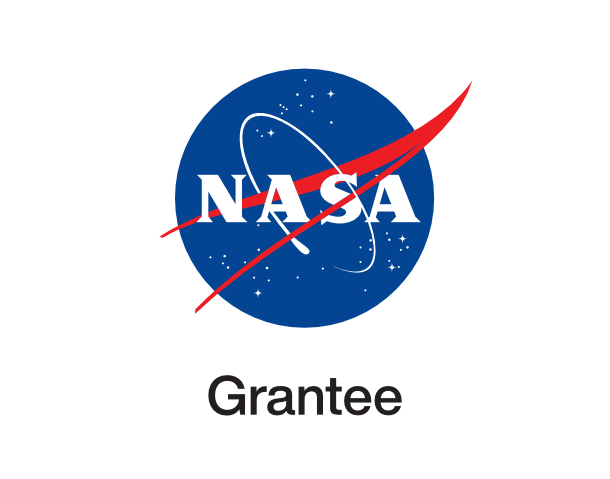NASA's Hubble Captures a Dozen Galaxy Doppelgangers

stsci_2019-58a November 7th, 2019
Credit: NASA, ESA, Rivera-Thorsen (University of Oslo)
This NASA Hubble Space Telescope photo reveals a cosmic kaleidoscope of a remote galaxy that has been split into a dozen multiple images by the effect of gravitational lensing.
Gravitational lensing means that the mass of a foreground galaxy cluster is so large it is bending and magnifying the light from the more distant galaxy behind it. This “funhouse mirror” effect not only stretches the background galaxy image, but also creates multiple images of the same galaxy.
The lensing phenomenon produces at least 12 images of the background galaxy, distributed over four major arcs. Three of these arcs are visible in the top right of the image, while one counter arc is visible in the lower left — partially obscured by a bright foreground star within the Milky Way.
The galaxy, nicknamed the Sunburst Arc, is almost 11 billion light-years from Earth and has been lensed into multiple images by a massive foreground cluster of galaxies 4.6 billion light-years away.
Hubble uses these cosmic magnifying glasses to study objects that would otherwise be too faint and too small for even its extraordinarily sensitive instruments. The Sunburst Arc is no exception, despite being one of the brightest gravitationally lensed galaxies known.
The lens makes various images of the Sunburst Arc that are between 10 and 30 times brighter than the background galaxy would normally look. The magnification allows Hubble to view structures as small as 520 light-years across that would be too small to be resolved without the turboboost from the lensing effect. The structures compare reasonably well with star forming regions in nearby galaxies in the local universe, allowing astronomers to make a detailed study of the remote galaxy and its environment.
Hubble’s observations show that the Sunburst Arc is a proxy for galaxies which existed at a much earlier time in the history of the universe, perhaps only 150 million years after the Big Bang.
Provider: Space Telescope Science Institute
Image Source: https://hubblesite.org/contents/news-releases/2019/news-2019-58
Curator: STScI, Baltimore, MD, USA
Image Use Policy: http://hubblesite.org/copyright/

- ID
- 2019-58a
- Subject Category
- D.6.2.1
- Subject Name
- PSZ1 G311.65-18.48
- Credits
- NASA, ESA, Rivera-Thorsen (University of Oslo)
- Release Date
- 2019-11-07T00:00:00
- Lightyears
- 4,600,000,000
- Redshift
- 0.44
- Reference Url
- https://hubblesite.org/contents/news-releases/2019/news-2019-58
- Type
- Observation
- Image Quality
- Good
- Distance Notes
- Facility
- Hubble Space Telescope, Hubble Space Telescope, Hubble Space Telescope, Hubble Space Telescope
- Instrument
- WFC3, WFC3, ACS, WFC3
- Color Assignment
- Blue, Cyan, Yellow, Red
- Band
- Ultraviolet, Optical, Optical, Infrared
- Bandpass
- UV, V, I, H
- Central Wavelength
- 275, 606, 814, 1600
- Start Time
- Integration Time
- Dataset ID
- Notes
- Coordinate Frame
- ICRS
- Equinox
- J2000
- Reference Value
- 237.528397549, -78.1918772922
- Reference Dimension
- 5290.0, 4722.0
- Reference Pixel
- 2645.0, 2361.0
- Scale
- -8.32854818962e-06, 8.32854818962e-06
- Rotation
- 184.97999999999993
- Coordinate System Projection:
- TAN
- Quality
- Full
- FITS Header
- Notes
- Creator (Curator)
- STScI
- URL
- http://hubblesite.org
- Name
- Space Telescope Science Institute Office of Public Outreach
- outreach@stsci.edu
- Telephone
- 410-338-4444
- Address
- 3700 San Martin Drive
- City
- Baltimore
- State/Province
- MD
- Postal Code
- 21218
- Country
- USA
- Rights
- http://hubblesite.org/copyright/
- Publisher
- STScI
- Publisher ID
- stsci
- Resource ID
- STSCI-H-p1958a-f-5290x4722.tif
- Resource URL
- https://mast.stsci.edu/api/latest/Download/file?uri=mast:OPO/product/STSCI-H-p1958a-f-5290x4722.tif
- Related Resources
- Metadata Date
- 2019-10-31T10:57:17-04:00
- Metadata Version
- 1.2
Detailed color mapping information coming soon...

















